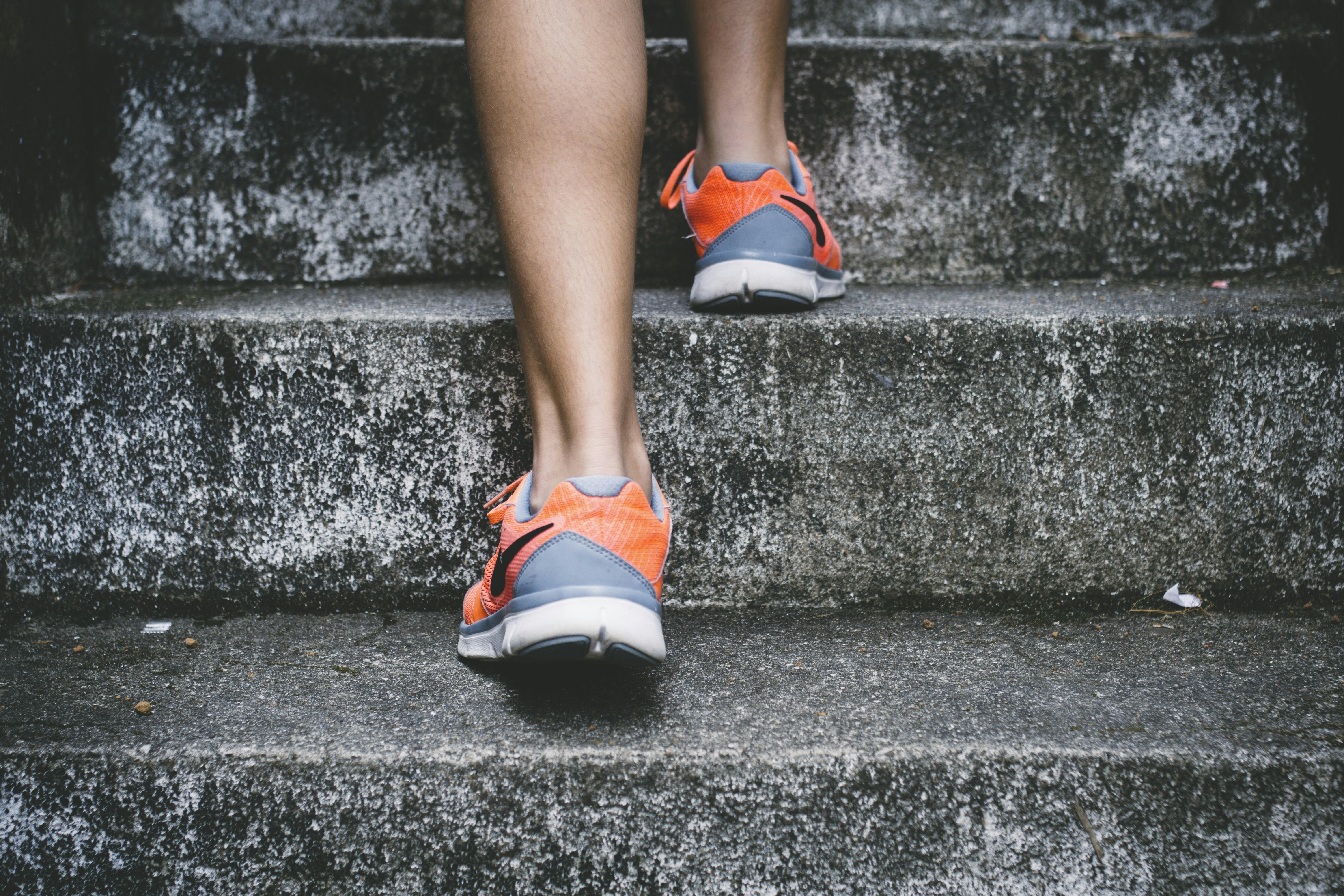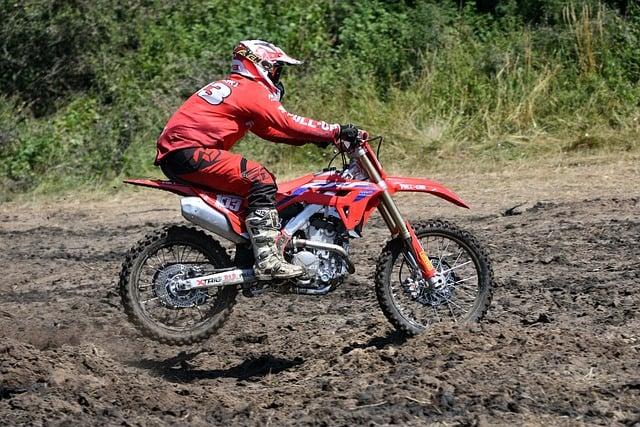Training for your first 5K race is an exhilarating journey that blends commitment, strategy, and perseverance. Whether you’re a novice runner taking your first steps into the world of distance running or someone looking to establish a structured training routine, this guide is designed to be your comprehensive resource. In the following sections, we will delve into the essentials of 5K training, offering expert advice and step-by-step instructions to help you prepare effectively. From understanding the basics of running mechanics to creating a personalized training plan, our aim is to equip you with the knowledge and tools necessary to cross the finish line with confidence. So lace up your running shoes, and let’s embark on this transformative journey together.
Creating a Training Schedule That Fits Your Lifestyle
To seamlessly integrate your training into your daily routine, it’s essential to craft a schedule that aligns with your lifestyle. Start by identifying your most productive times of the day and slotting in your runs accordingly. Consistency is key, so aim to run at the same time each day to build a habit. Here are a few tips to help you get started:
- Assess your weekly commitments: Look at your work, family, and social obligations to determine the best days and times for your runs.
- Mix it up: Incorporate a variety of workouts, such as long runs, interval training, and rest days, to keep your routine interesting and balanced.
- Listen to your body: If you’re feeling fatigued or notice any pain, don’t hesitate to adjust your schedule. It’s better to take an extra rest day than risk an injury.
- Use technology: Leverage apps and calendars to set reminders and track your progress, ensuring you stay on course.
By personalizing your training plan, you’ll not only enhance your performance but also make the journey to your first 5K race more enjoyable and sustainable.

Essential Gear and Equipment for Beginners
Starting your journey to your first 5K race requires not just dedication but also the right gear to ensure a smooth and injury-free experience. Here are some essentials you should consider:
- Running Shoes: Invest in a pair of high-quality running shoes that provide adequate support and cushioning. Brands like Nike, Asics, and Brooks offer excellent options for beginners.
- Moisture-Wicking Apparel: Opt for clothing made from moisture-wicking materials to keep you dry and comfortable during your runs. Look for tops, shorts, and socks specifically designed for runners.
- Hydration Gear: Staying hydrated is crucial. Consider using a handheld water bottle, hydration belt, or vest to carry water or electrolyte drinks.
- Running Watch or App: Track your progress and stay motivated with a running watch or a smartphone app. Features like GPS tracking, pace monitoring, and interval training can be particularly helpful.
- Reflective Gear: If you plan to run early in the morning or late in the evening, ensure you’re visible to others by wearing reflective clothing or accessories.
Equipping yourself with these essentials will not only enhance your training experience but also help you stay focused on reaching your goal of completing that first 5K race.

Effective Warm-Up and Cool-Down Routines
Preparing your body for a 5K race involves more than just running; it requires to prevent injuries and enhance performance. A proper warm-up increases blood flow to your muscles, improves flexibility, and gets your heart rate up gradually. Start with dynamic stretches such as:
- Leg swings: Forward and sideways to loosen up the hips.
- Arm circles: Small to large circles to activate the shoulders.
- High knees: To engage your core and lower body.
- Butt kicks: To stretch the quads and improve leg circulation.
After your run, a cool-down routine helps to gradually lower your heart rate and stretch out the muscles you’ve worked. Include static stretches such as:
- Hamstring stretch: Hold for 30 seconds on each leg.
- Quadriceps stretch: Use a wall for balance if needed.
- Calf stretch: Press against a wall or curb.
- Hip flexor stretch: Hold each side to release tension.
Incorporating these routines into your training regimen will not only improve your overall performance but also keep you injury-free and ready for race day.

Nutrition and Hydration Tips for Optimal Performance
Fueling your body properly is key to ensuring you hit peak performance on race day. Prioritize a balanced diet rich in carbohydrates, proteins, and healthy fats. Carbs will provide you with the necessary energy to power through your runs, while proteins aid in muscle recovery and repair. Healthy fats are essential for long-lasting energy and overall well-being. Incorporate a variety of foods such as:
- Whole grains like oats, quinoa, and brown rice
- Lean proteins such as chicken, fish, and legumes
- Healthy fats from sources like avocados, nuts, and olive oil
- Plenty of fruits and vegetables for essential vitamins and minerals
Equally important is staying hydrated. Aim to drink at least 8-10 glasses of water daily to keep your body well-hydrated. During your runs, especially longer ones, consider carrying a water bottle or planning your route to include water fountains. For an added boost, try consuming electrolyte-rich beverages or sports drinks to replenish the salts lost through sweat. Remember, proper hydration starts long before race day, so make it a daily habit to keep those hydration levels optimal.





